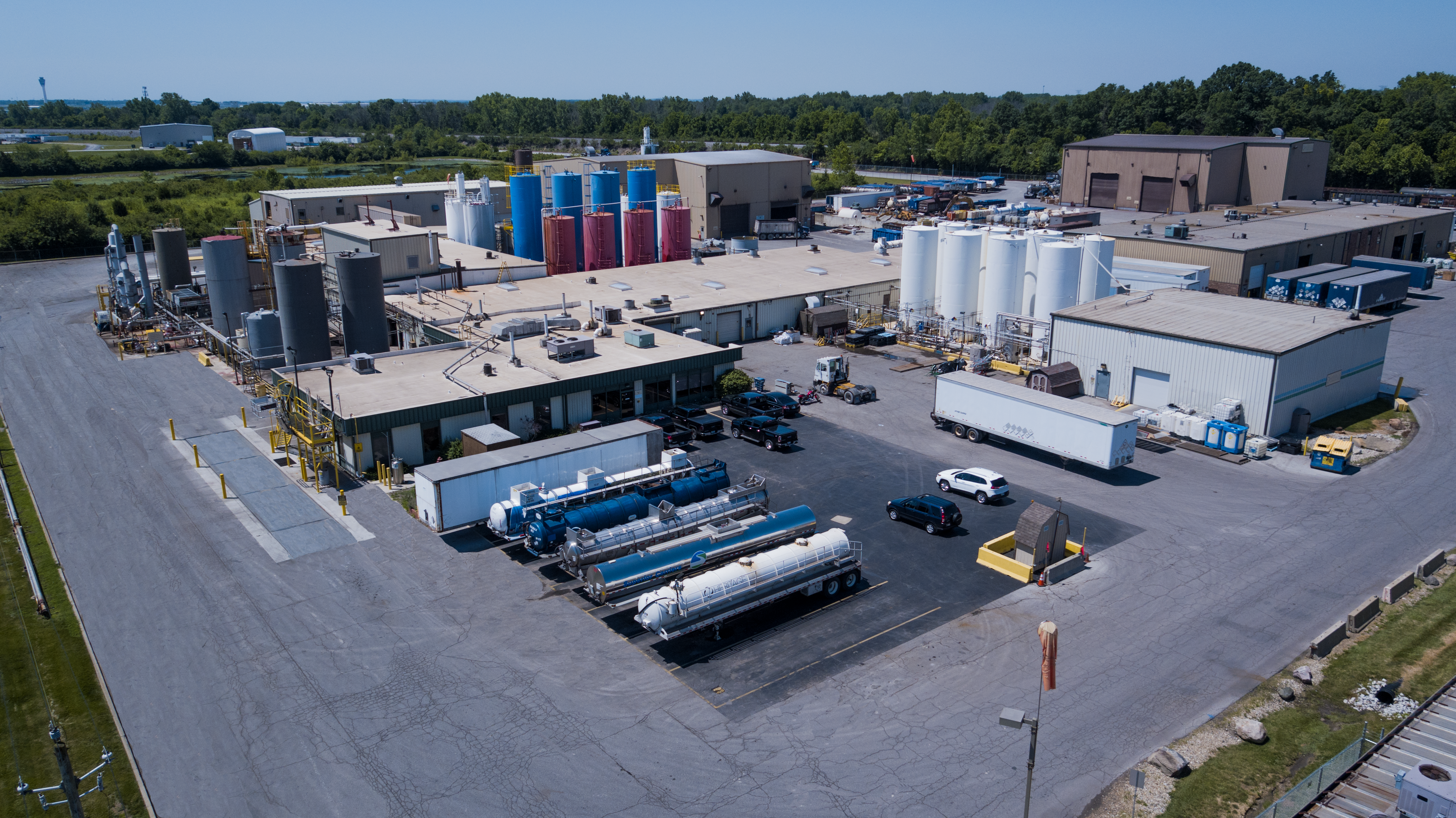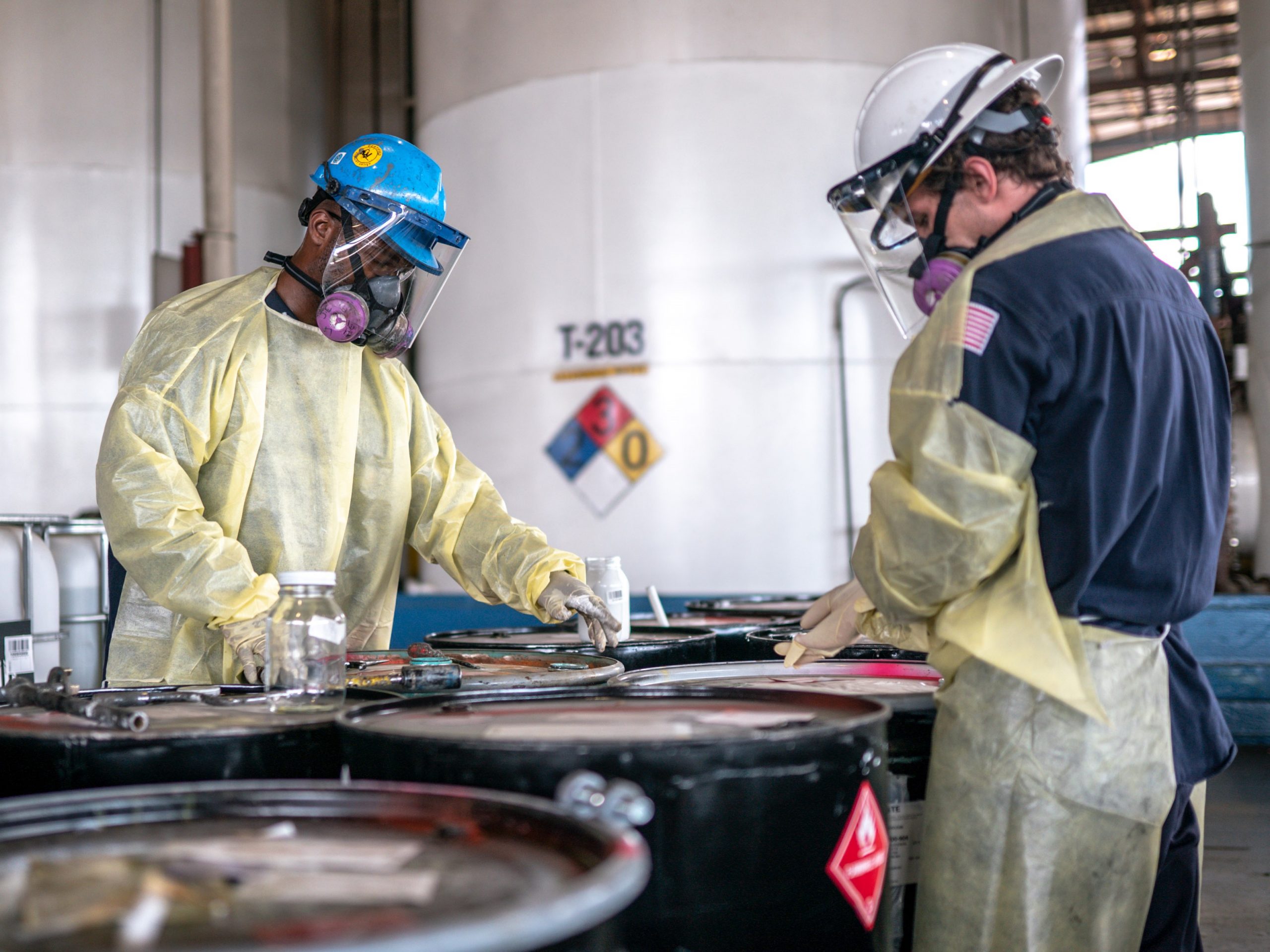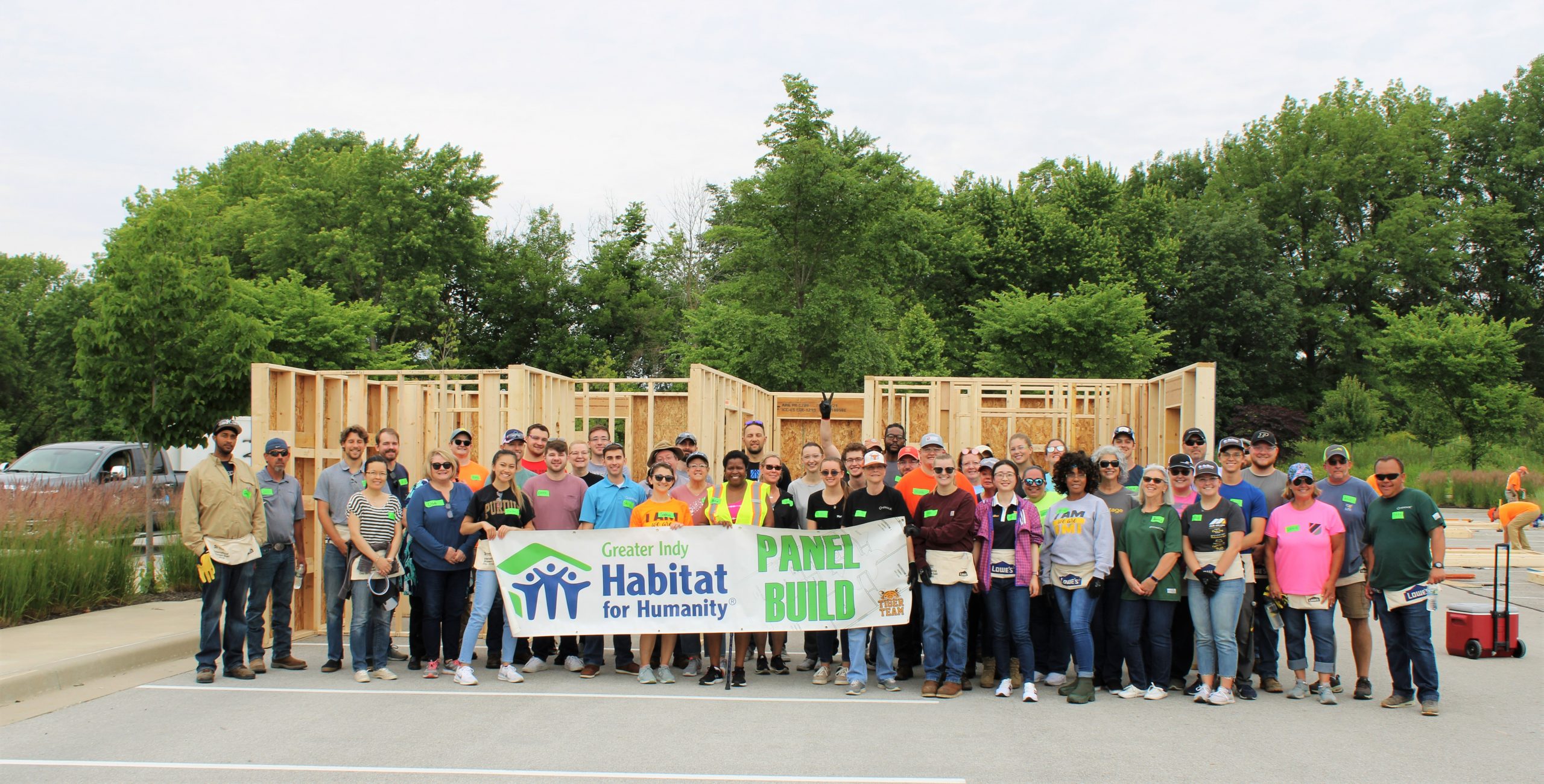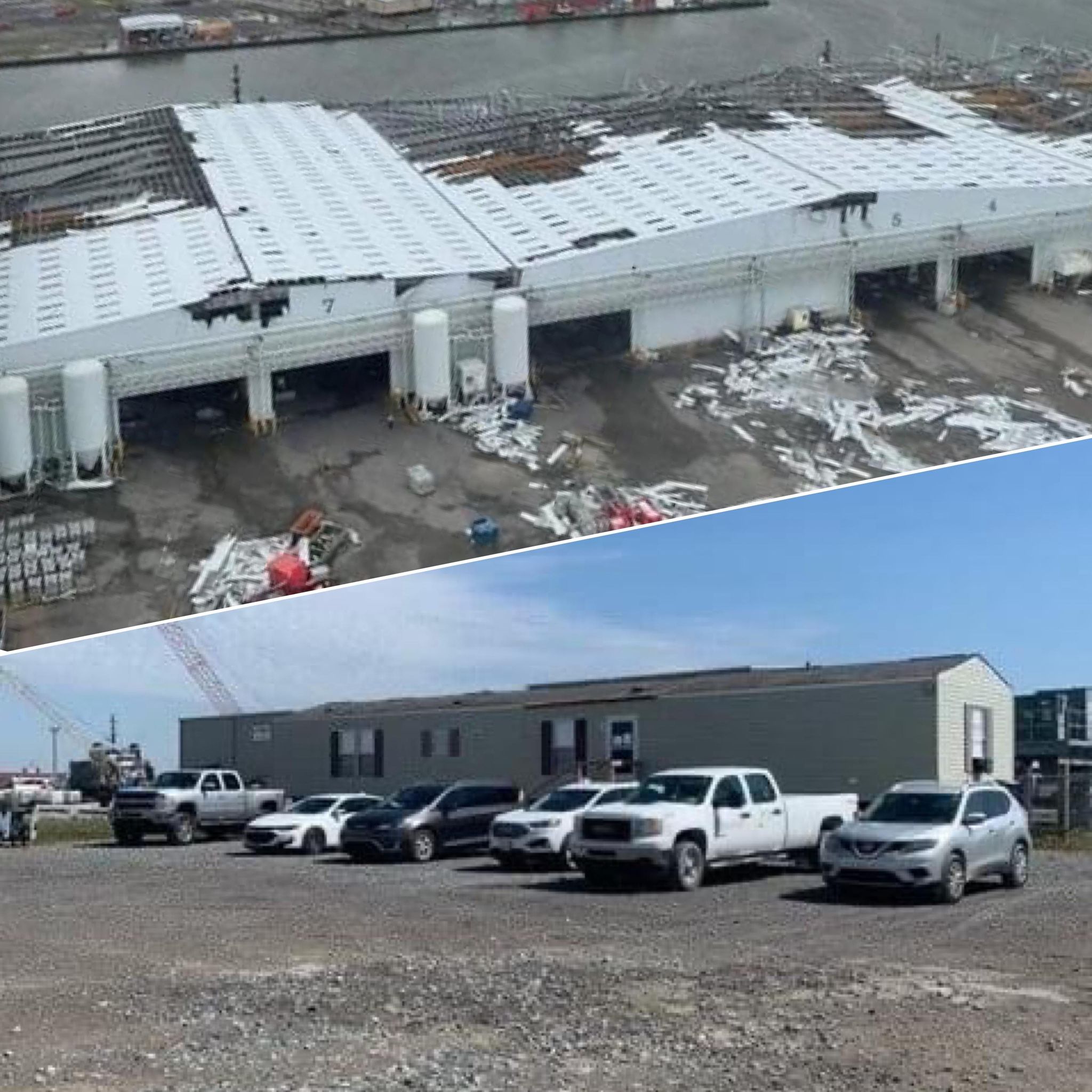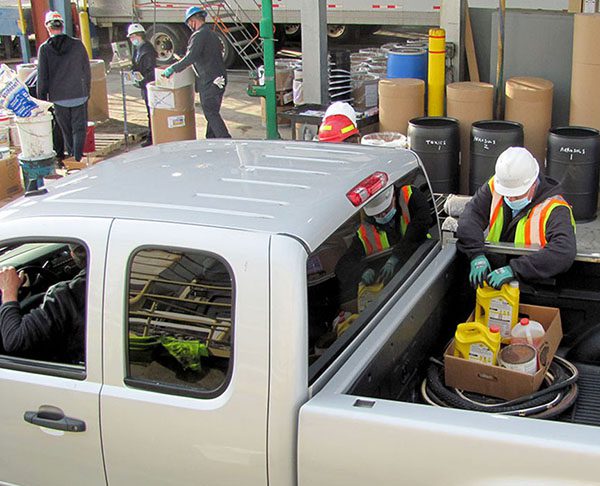For sites that generate potentially hazardous wastes it is imperative that they make a hazardous waste determination for each and every waste generated. The determination process, also called the hazardous waste identification (HWID) process, is one of the first and perhaps the most important step for properly managing waste materials. To make a proper waste identification a generator must ask four questions:
- Is the material a solid waste?
- Is the waste specifically excluded from RCRA?
- Is the waste a listed hazardous waste?
- Does the waste exhibit a characteristic of hazardous waste?
After answering each of these questions a generator will be prepared to facilitate compliant storage and disposal of any wastes generated.
Is the material a solid waste?
In order to answer the first question, 40 CFR Part 261.2 defines materials that are solid wastes and those that are not solid wastes. RCRA §1004(27) defines a solid waste as, “any garbage, refuse, sludge from a wastewater treatment plant, water supply treatment plant, or air pollution control facility, and other discarded material, including solid, liquid, semisolid, or contained gaseous material, resulting from industrial, commercial, mining, and agricultural operations and from community activities.”
Additionally, the EPA provides several tools, including a Definition of Solid Waste (DSW) decision tool that can help walk you through this first step.
Is the waste specifically excluded from RCRA?
There are some types of solid wastes that the EPA excludes from the definition of hazardous waste. These materials, regardless of meeting a listing or exhibiting a characteristic of hazardous waste, cannot be considered a hazardous waste. According to §261.4(b), excluded wastes include:
- Household Hazardous Waste
- Agricultural Waste
- Mining Overburden
- Fossil Fuel Combustion Waste (Bevill)
- Oil, Gas, and Geothermal Wastes (Bentsen Amendment)
- Trivalent Chromium Wastes
- Mining and Mineral Processing Wastes (Bevill)
- Cement Kiln Dust (Bevill)
- Arsenically Treated Wood
- Petroleum Contaminated Media & Debris from Underground Storage Tanks
- Injected Groundwater
- Spent Chloroflurocarbon Refrigerants
- Used Oil Filters
- Used Oil Distillation Bottoms
- Landfill Leachate or Gas Condensate Derived from Certain Listed Wastes
- Project XL Pilot Project Exclusions
Many of these exclusions are conditional and often specific to an industry or type of waste. Careful reading of the conditional exclusions is necessary when making these determinations.
Is the waste a listed hazardous waste?
The EPA has studied hundreds of different waste streams and listed the wastes accordingly. Listed wastes are described or listed on four different lists that can be found at 40 CFR 261, Subpart D. These four lists are:
- The F list — The F list designates particular solid wastes from certain common industrial or manufacturing processes as hazardous. Because the processes producing these wastes can occur in different sectors of industry, the F list wastes are known as wastes from nonspecific sources. The F list is codified in the regulations at §261.31.
- The K list — The K list designates particular solid wastes from certain specific industries as hazardous. K list wastes are known as wastes from specific sources. The K list is found at §261.32.
- The P list and the U list — These two lists are similar in that both list pure or commercial grade formulations of certain specific unused chemicals as hazardous. Both the P list and U list are codified in §261.33.
Does the waste exhibit a characteristic of hazardous waste?
There are four characteristics of hazardous waste. These characteristics help us understand what the waste is capable of/how it poses a danger. The four characteristics are ignitability, corrosivity, reactivity, and toxicity. Full definitions of these characteristics can be found here.
Learn about our Hazardous Waste Services.
More News From Heritage
-
Published Articles 8/2/22
How Safety, Maintenance, and Reliability Are Intertwined
VP of Health and Safety Jim Mangas discusses the importance of plant safety, maintenance, and reliability (featured in BIC Magazine July/Aug '22)
-
Blogs 7/28/22
Spotlighting Our Environmental Interns
Highlighting some of the wonderful interns we have at Heritage this year!
-
Blogs 7/11/22
Turning Hazardous Waste into an Alternative Fuel
In this blog we walk you through the process of fuel blending, where we can turn hazardous waste materials into a viable alternative fuel source.
-
Community News 6/15/22
2022 Habitat for Humanity Build
Our 12th annual Habitat for Humanity Build
-
Blogs 4/13/22
After Hurricane Ida, Our Port Fourchon Office Rebuilds
On August 28th, 2021, the Louisiana coast was battered by Hurricane Ida. This included our Port Fourchon Service Center, where the devastating hurrica
-
Community News 4/7/22
Heritage readies for Earth Day HHW collection in East Liverpool
Heritage Thermal Services is pleased to announce that its collection of household hazardous wastes for the East Liverpool area returns for 2022.
-
Published Articles 4/2/22
The Impact of Changing Conditions
VP of Health and Safety Jim Mangas discusses preparedness for unexpected conditions during a project. (featured in BIC Magazine March/April '22)
-
Blogs 3/11/22
International Women’s Week Spotlight – Rachel McGrogan
Rachel McGrogan speaks about her time as a Lab Chemist at Heritage.
